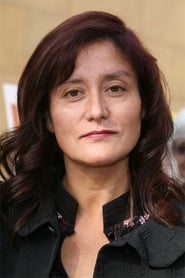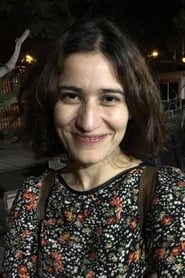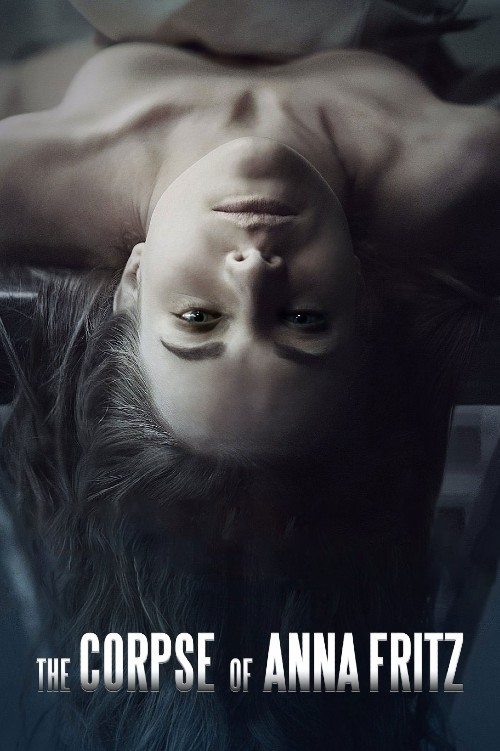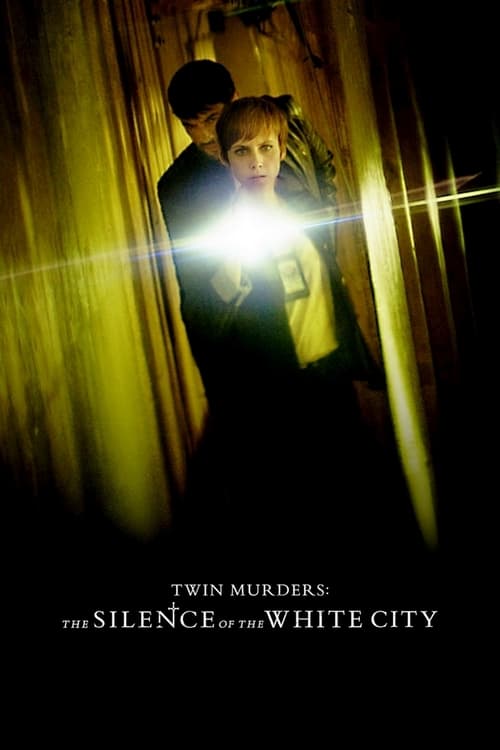
Ask Your Own Question
What is the plot?
What is the ending?
In the ending of "Ema," Ema confronts her past and the choices she has made regarding her son, while also seeking to reclaim her identity and freedom. The film culminates in a powerful dance performance that symbolizes her journey and emotional state. Ema ultimately finds a sense of resolution, but the fates of the other characters remain complex and unresolved.
As the film approaches its conclusion, Ema, portrayed by Mariana Di Girolamo, is seen grappling with her tumultuous relationship with her son, whom she had previously given up for adoption. The tension between her and her estranged husband, Gastón, played by Pablo Larraín, reaches a boiling point. Ema's desire for autonomy and her struggle with motherhood are central themes that come to a head in the final scenes.
In a pivotal moment, Ema performs a dance that encapsulates her emotional turmoil and her quest for self-identity. The choreography is intense and expressive, reflecting her inner conflict and the pain of her past decisions. As she dances, the audience witnesses her transformation, a cathartic release of the burdens she has carried.
The film concludes with Ema making a bold choice to reclaim her son, symbolizing her determination to redefine her role as a mother on her own terms. The final scenes leave viewers with a sense of ambiguity regarding the future of Ema and the other characters, particularly Gastón, who is left to confront the consequences of their fractured relationship.
In summary, the ending of "Ema" is marked by a powerful dance performance that serves as a metaphor for Ema's journey, culminating in her decision to take control of her life and her relationship with her son, while leaving the fates of the other characters open to interpretation.
Is there a post-credit scene?
The movie "Ema," directed by Pablo Larraín and released in 2019, does not contain a post-credit scene. The film concludes with a powerful and emotional climax that encapsulates the themes of identity, motherhood, and the complexities of love and loss. After the final scene, the credits roll without any additional content or scenes following them. The focus remains on the narrative and character arcs that have been developed throughout the film, leaving the audience to reflect on Ema's journey and the choices she has made.
What motivates Ema to seek revenge against those who wronged her?
Ema's motivation for revenge stems from her deep emotional turmoil and the sense of betrayal she feels after the adoption of her son, Polo, is disrupted. Her desire to reclaim her sense of agency and control over her life drives her to take drastic actions against those she perceives as obstacles.
How does Ema's relationship with Gastón evolve throughout the film?
Ema's relationship with Gastón is complex and tumultuous. Initially, they share a passionate bond as they navigate their roles as parents. However, as the story unfolds, their differing views on parenting and the trauma surrounding Polo's adoption create a rift, leading to emotional confrontations and a reevaluation of their love.
What role does dance play in Ema's character development?
Dance serves as a vital form of expression for Ema, reflecting her inner struggles and desires. It becomes a means for her to channel her emotions, showcasing her passion and intensity. Through dance, she finds moments of liberation and connection, which contrast with her chaotic personal life.
How does the character of Polo influence Ema's actions throughout the film?
Polo is central to Ema's motivations and actions. His adoption and the subsequent events surrounding it trigger Ema's emotional upheaval. Her fierce love for him drives her to reclaim her identity and confront the societal norms that bind her, ultimately leading her to make bold and reckless choices.
What is the significance of the fire in Ema's journey?
The fire symbolizes both destruction and rebirth in Ema's journey. It represents her desire to purge her past and the constraints imposed on her. The act of setting fire to her old life allows her to embrace a new beginning, reflecting her transformation and the lengths she will go to reclaim her freedom.
Is this family friendly?
"Ema," produced in 2019, is not considered family-friendly due to its mature themes and content. Here are some potentially objectionable or upsetting aspects that may affect children or sensitive viewers:
-
Intense Emotional Themes: The film explores complex themes of motherhood, loss, and identity, which may be difficult for younger audiences to understand or process.
-
Violence: There are scenes that depict acts of violence, including a significant moment involving arson, which may be distressing.
-
Sexual Content: The film contains explicit sexual scenes and nudity, which are not suitable for children.
-
Substance Use: There are instances of drug use and references to addiction, which could be troubling for sensitive viewers.
-
Psychological Tension: The film has a pervasive sense of psychological tension and emotional turmoil that may be unsettling.
-
Family Dynamics: The portrayal of dysfunctional family relationships and the impact of trauma can be heavy and may resonate negatively with some viewers.
Overall, the film's exploration of dark and complex themes makes it more appropriate for mature audiences.










































